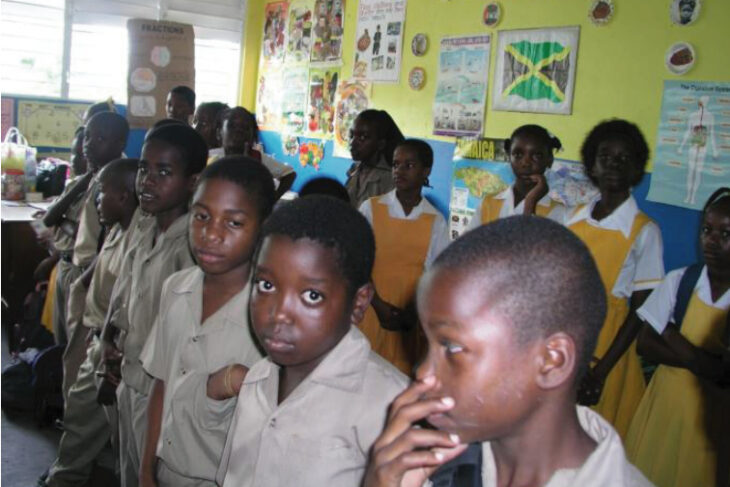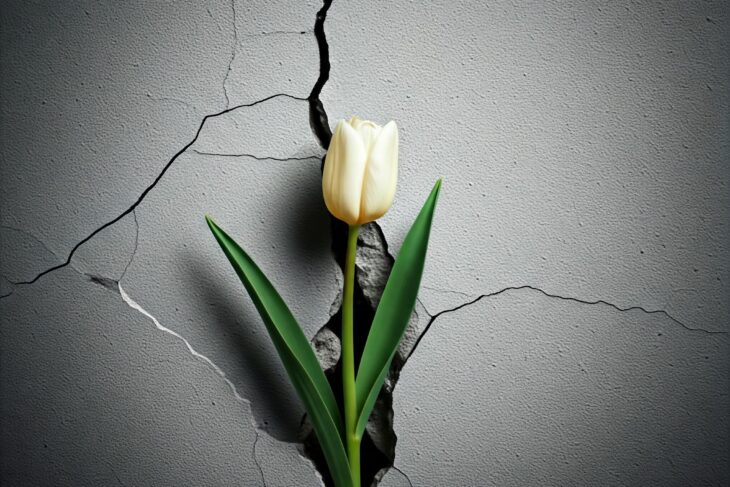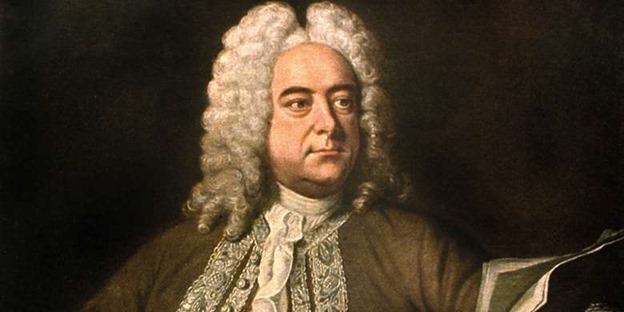The need, the will, and the ability to understand are embedded in human DNA. Indeed, it is the distinguishing quality of humanness. Many people, though, would wish that understanding be reduced and confined in a box of static and comfortable finality – reduced to statements to be upheld against all other statements, to excuse one from searching, to necessitate fighting for, to exclude others from. This kind of uniformity is upheld by sociopolitical structures, by our educational system, by parenting, by myopic views of religion.
One of the mysteries of life to me is a comment that I hear fairly regularly from many people to the effect that they do not have a creative bone in their body. I do not believe that there is or has ever been a person devoid of the potential of creativity. If this were true, it would be tantamount to negating the very humanness from human beings. Rather, I see this as a product of static and conflicting understandings based on the societal expectation to “learn” predetermined packages of information, to be able then to spit them back on demand and ultimately to uphold them.
Missing in this scenario is that true understanding is a fluid process rather than adherence to static ideologies. This requires active and continuous search. And the prerequisite of search is to look — to look at everything, not once but all the time, in every place. Do we look — truly look — at the world around us as we progress through our day, our year, our fleeting lives? In looking, do we see the inter-relatedness of all things, the movement, the transformations, the intertwining web of “conversations”? From this inexhaustible reservoir of inspiration, do we discover metaphors in a falling leaf, the laughter of a child, the light that transforms the world before our eyes? Do we see the invisible conversations between all things?
The eye that sees the world in this way must first detach itself from everything it knows and has seen before, from all it knows as truth, all that causes it joy, all that causes it pain. Understanding as a conversation requires that the end for all parties be the seeking of truth. And, since we have no access to the essence of truth and truth is relative to individual understanding, we can only grow through anticipating and looking for the connectedness of all things — that creation is a single entity, albeit infinitely diverse in its component parts and interactions. That it surprises us if we are receptive — and sometimes when we are not.
Let us, for a moment, suppose that we are artists. The artist is aware of these conversations and relies on them to inform her/his wish to convey ideas through the medium of art. The idea first forms as an abstract and partially formed concept. The idea is reviewed through filters of experience and possibility and then proceeds to the realm of the will to convey it to others.
From here, it unites with the language of art, a painting shall we say. In the act of painting, the first conversation is one between the abstract idea and the physicality of the medium. Each has a voice. Each must speak to the other, inform the other, transforming and refining in a fluid dance that floats through open doors and passages yet undiscovered. A brush and a colour begin the active stage, each stroke having its own offering and the will of the artist responding to and raising the bar of possibility in every touch of the canvas. Finally a finished statement emerges, a marriage of search, the will to share, and the language of expression. And even then, the work of art is not complete.
Every work of art only reaches its ultimate potential when it is observed and a conversation arises between the observed and the observer. The art then is freed from the limitations of its physicality and lives in a fluid, changing, and transforming state in the hearts of the observers.
This should be the goal of education — in school, at home, in the realm of governance, in our widely varying understandings of faith, and in ourselves. Not the static, unmoving, uncreative assimilation and regurgitation of information and expectations of conformity that tragically inform our world at present. But, growth happens regardless. Conversations become too complex to be restricted within the self-imposed limitations of tradition or ideology. Disconnects that in time become too painful to experience will ultimately give way to new paradigms, new hope, new life, new conversations. Our choice is whether we will dogmatically adhere to rigid and outmoded models of understanding or whether we will choose to dance.



